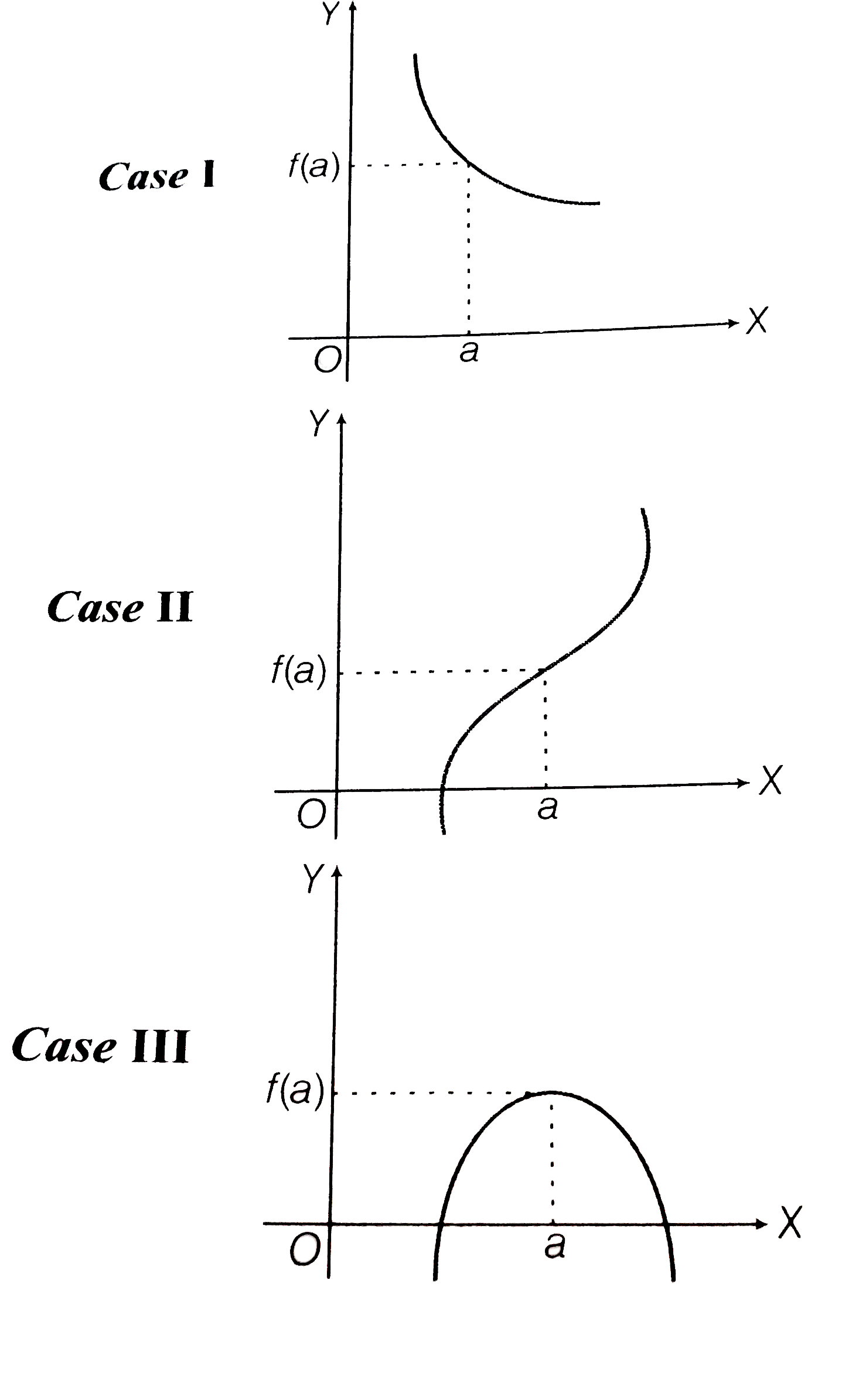The quadratic equation whose roots are the minimum value of sin2θ−sinθ+12 and limx→∞√(x+1)(x+2)−x is Solution in Punjabi
(a)3x2−7x+3=0
(b)8x2−14x+3=0
(c)x2−7x+3=0
(d)2x2−8x+3=0
The correct Answer is:B
Step by step video & image solution for The quadratic equation whose roots are the minimum value of sin^(2)theta-sin theta+1/2 and lim_(xto oo)sqrt((x+1)(x+2))-x is by Maths experts to help you in doubts & scoring excellent marks in Class 12 exams.
Updated on:21/07/2023Topper's Solved these Questions
- LIMITSBOOK - ARIHANT MATHSCHAPTER - LIMITSEXERCISE - Exercise (More Than One Correct Option Type Questions)
15 Videos
- LIMITSBOOK - ARIHANT MATHSCHAPTER - LIMITSEXERCISE - Exercise (Passage Based Questions)
10 Videos
- LIMITSBOOK - ARIHANT MATHSCHAPTER - LIMITSEXERCISE - SOLVED EXAMPLES
1 Videos
- INVERSE TRIGONOMETRIC FUNCTIONSBOOK - ARIHANT MATHSCHAPTER - INVERSE TRIGONOMETRIC FUNCTIONSEXERCISE - Exercise (Questions Asked In Previous 13 Years Exam)
8 Videos
- LOGARITHM AND THEIR PROPERTIESBOOK - ARIHANT MATHSCHAPTER - LOGARITHM AND THEIR PROPERTIESEXERCISE - Exercise (Questions Asked In Previous 13 Years Exam)
4 Videos
Similar Questions
If limx→∞4x(π4−tan−1(x+1x+2))=y2+4y+5 then y can be equal to
View SolutionIf limx→af(x)=1 and limx→ag(x)=∞ then limx→a{f(x)}g(x)=elimx→a(f(x)−1)g(x)
limx→0(sinxx)sinxx−sinx is equal to
View SolutionTo evaluate limx→a[f(x)], we must analyse the f(x) in right hand neighbourhood as well as in left hand neighbourhood of x=a. E.g. In case of continuous function, we may come across followign cases.


Iff(a) is an integer, the limit will exist in Case III and Case IV but not in Case I and Case II. If f(a) is not an integer, the limit exists in all the cases. ltbgt If f'(1)=−3 and limx→1[f(x)−12] does not exist, (where [.] denotes the greatest integer function), then
View SolutionIf α=3sin−1(611andβ=3cos−1(49), where the inverse trigonometric functions take only the principal values, then the correct options (s) is (are)
View SolutionIn Which quadrant Point (−2,−3) will be lie.
View SolutionLet sin x and sin y be roots of the quadratic equation a sin^(2)theta+b sin theta+c=0 such that sin x+2sin y=1, then the value of (a^(2)+2b^(2)+3ab+ac) equals
View SolutionConsider the cubic equation x^(3)-(1+cos theta+sin theta)x^(2)+(cos theta sin theta+cos theta+sin theta)x-sin theta*cos theta=0 Whose roots are x_(1),x_(2) and x_(3)
View SolutionOne root of the quadratic equation sin^(2)theta x^(2)-x+cos^(2)theta=0 is given by
View SolutionThe value of limx→1√2x−cos(sin−1x)1−tan(sin−1x) is
View SolutionThe roots of the equation
∣∣ ∣ ∣ ∣∣3x2x2+xcosθ+cos2θx2+xsinθ+sin2θx2+xcosθ+cos2θ3cos2θ1+sin2θ2x2+xsinθ+sin2θ1+sin2θ23sin2θ∣∣ ∣ ∣ ∣∣=0
View SolutionConsider the cubic equation in x,x3−x2+(x−x2)sinθ+(x−x2)cosθ+(x−1)sinθcosθ=0 whose roots are α,β,γ.
The value of (α2)2+(β2)2+(γ2)2=
View SolutionConsider the cubic equation in x,x3−x2+(x−x2)sinθ+(x−x2)cosθ+(x−1)sinθcosθ=0 whose roots are α,β,γ.
Number of value of θ in [0,2π] for which at least two roots are equal, is :
View SolutionThe quadratic equation (1−sinθ)x2+2(1−sinθ)x−3sinθ=0 has both roots complex for all θ lying in the interval
View Solutionlimx→∞(1+1x)x2-র মান হয়-
View Solutionसारणिक ∣∣ ∣∣xsinθcosθsinθx1cosθ1x∣∣ ∣∣ का मन ज्ञात कीजिये ।
View SolutionThe value of limx→1√2x−cos(sin−1x)1−tan(sin−1x) is
View Solution
